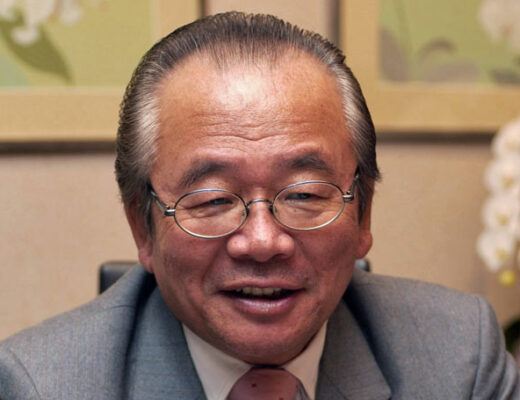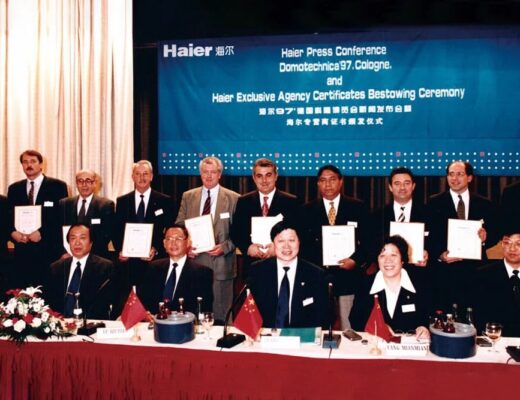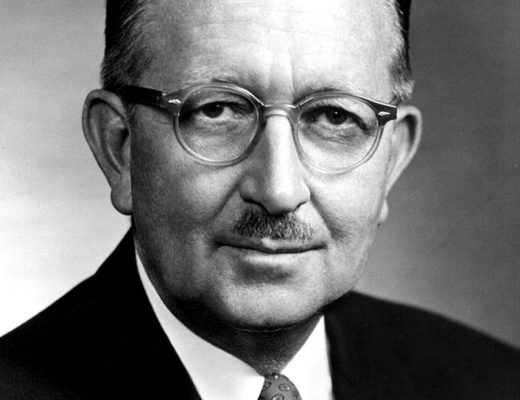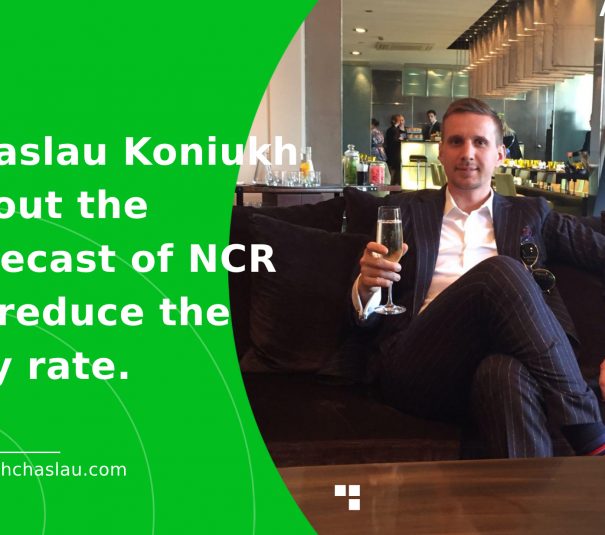What trading principles Takashi Kotegawa uses
Takashi Kotegawa is a Japanese trader who made a fortune simply by trading on his home computer. His capital has grown from US$13,000 to US$153 million.
Kotegawa was born in 1978 in Chiba Prefecture, Japan. His teenage years were extremely difficult. The young man could not find a common language with his peers and suffered from depression. As a result, Takashi became withdrawn, unable to make social connections, and preferred the online world over the real world. After school, he worked in an electronics store and spent his free time playing computer games.
Beginning of trading activity
At 23, Takashi decided to learn how the stock market worked. Having saved about US$13,000, Kotegawa wanted to try trading. He set up a trading desk at home and started looking for stocks to buy. His first choice was J-Com, and it was no coincidence that he chose this company. Takashi noticed the broker’s mistake in underestimating the value of securities when opening positions. Taking advantage of the situation, Kotegawa bought more than 7,000 shares for US$71. In addition, the actual price of the company’s securities was more than US$6 per share. Takashi later sold the shares for US$17 million.
Peculiarities of the trading strategy
Kotegawa realised that he was just lucky. Therefore, he began to develop his trading strategy to succeed in trading in the future. The basis of its design was the following principles:
– Takashi uses technical analysis tools to obtain basic information;
– he applies this information to intraday trading;
– the trader prefers to trade in a downtrend when the price is in a short-term pullback;
– he often uses divergences.
The Japanese trader constantly hones his skills and looks for new ways to improve his approach. His most common indicator is Bollinger Bands, but he also uses the RSI index.
Takashi has been interested in stocks 20% below the moving average over the last 25 days. He selects stocks that have fallen in value less than a month ago but have good prospects for future growth.
At the heart of his success, Kotegawa says, is hard work. He spends a lot of time analysing the market and comparing the dynamics of different companies’ prices. The trader is also not afraid to make mistakes. He lost a lot of money during the 2008 crisis. But after that, he analysed his actions and improved his approach. This allowed Takashi to recoup his losses and multiply his capital. Kotegawa shared his trading philosophy in his book The Way of the Yen.










